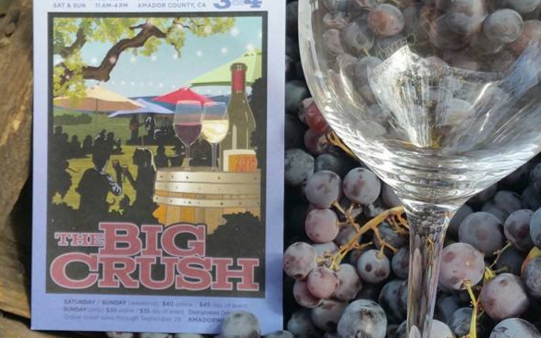

Zinfandel and Grenache might seem like so many apples and oranges, but stick with me on this one. The diurnal swings are large, and towards the end of harvest, when Cab ripens, temperatures drop, allowing grapes to retain their acidity levels while sugars are kept in check as complexity develops. Master of Wine Bob Betz went all-in with Cabernet when he founded Betz Family Winery in 1997 and is on record as saying, “Cabernet is our best grape.” (Which is saying something in this diverse state that grows more than 80 varieties.) Cab benefits from the northerly latitude, where credit for those pure fruit flavors goes to two more hours of light in the day than Napa during the height of the summer. Distinctive layers of savory herbs lurk underneath and tannins are impressive, suggesting some age is in order.

The profile is captivating-the same cassis and dark berries you expect in the Bordeaux variety, but somehow a little more vivid, a little brighter, with an edge of acidity. Add Walla Walla pioneer Leonetti Cellar to the first-in-the-game producers who captured the unique greatness of Cab here. Leading the case for the state is the original unicorn Quilceda Creek, which has earned six perfect-100 scores from Robert Parker’s Wine Advocate since it was founded in 1978. And I would argue that Cab lovers know their way around the red only halfway if they haven’t explored Washington’s best producers. Lush fruit, iron-fist-in-a-velvet-glove structure … what’s not to like? But to have only Napa in your cellar is to miss out on the range of Cabernet character the West Coast is cable of producing. When it comes to Cabernet Sauvignon outside Bordeaux, Napa Valley has always been the region to chase. If You Like Napa Cab, Try Washington’s King of Reds

Boeger Winery might have been the first to reintroduce the variety in the hills, but also look for C.G. And in modern Foothills winemaking (including in El Dorado, Amador and Calaveras), Barbera has emerged as a lovely offering. (But then, so is Pinot Noir from, say, the Russian River Valley.) But the Italian native shares red cherry, strawberry and raspberry flavors a juicy acidity that creates mouth-watering energy and minimal tannins that keep the wine light on its feet.īarbera, in fact, was an early Italian import to the Sierra Foothills, accompanying a wave of Old World Gold Rush miners who quickly found that growing and making wine for their fellow prospectors was more appealing than panning for gold beside cold streams. This won’t be a straight-across swap, because Barbera is capable of some significant color. If you’re a lover of bright, red-fruited, lighter-bodied wines, California-grown Barbera might be just the distraction for you. That’s a lot of years of Pinot-delicious, to be sure, but maybe in need of a lively alternative at this point.
#C.g. diarie vineyard and winery movie
Pinot Noir settled in as a connoisseur’s darling a full 16 years ago, which was when the movie Sideways cudgeled Merlot into oblivion with the silky, nuanced red.


 0 kommentar(er)
0 kommentar(er)
